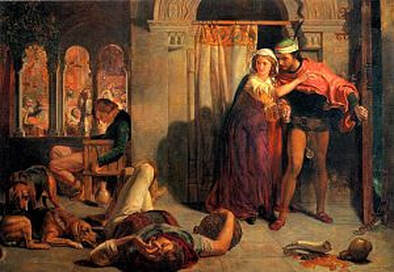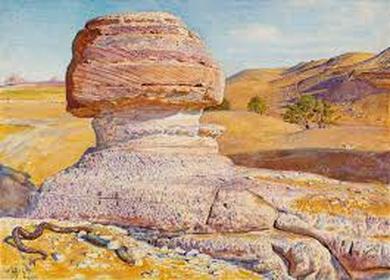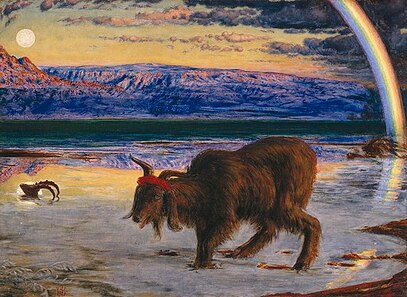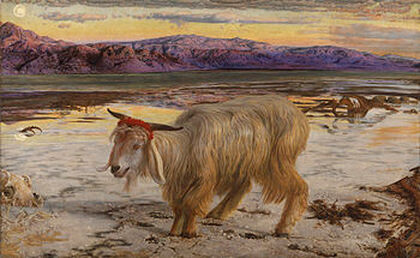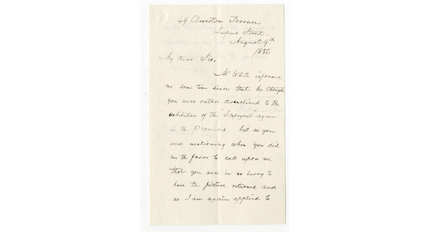The following paintings by Hunt were in the collection of BG Windus.
There may be other paintings which have not as yet been connected with the Windus Collection.
There may be other paintings which have not as yet been connected with the Windus Collection.
|
The Eve of Saint Agnes from Keats’s Poems
The Flight of Madeline and Porphyro during the Drunkenness Attending the Revelry. Sale of BG Windus paintings at Christie's on 26 March 1859: 44 W Holman Hunt 1848 The Eve of Saint Agnes Retouched by the Artist in 1858. This picture is unnerved, and is sold with the valuable copyright Guildhall Art Gallery, London or Walker Art Gallery, Manchester tbc |
|
The Sphinx, Giza looking toward the Pyramids of Saqqara
Holman Hunt and Thomas Seddon's watercolours of the Sphinx painted in Egypt in 1854 inaugurated a new dimension of Pre-Raphaelitism. Prior to this the Pre-Raphaelite interest in landscape was in nature, not views of places, but Hunt proclaimed that the movement’s next stage should be devoted to producing ‘faithful pictures of scenes interesting from historical considerations or from the strangeness of the subject itself’. The Sphinx, the only PRB painting in the Harris Museum collection, was donated by Preston lawyer, Richard Newsham. |
|
The Scapegoat
Hunt learnt that on the Festival of the Day of Atonement, a goat was sent out from the temple with a piece of scarlet cloth on its head, symbolising the sins of the congregation. It was believed that if these sins were forgiven the cloth would turn white. He started painting on the shore of the Dead Sea, and continued in his studio in London. There are two versions of this painting: a smaller version of a dark-haired goat using bright colors and with a rainbow, and a larger version of a lighter goat with no rainbow in the background. Ford Madox Brown wrote that "Hunt's Scapegoat requires to be seen to be believed in. Only then can it be understood how, by the might of genius, out of an old goat, and some saline incrustations, can be made one of the most tragic and impressive works in the annals of art". Richard Dorment noted in 2008 that the painting was possibly "the most horrifying image in British art" and as "an undiluted portrayal of suffering that is both prolonged and without reprieve" that "can make us avert our eyes" Holman Hunt had damaged the painting when Windus loaned it to him leading him to write to BG Windus (below) that DT White, the dealer "thought you were rather disenclined to the exhibition of the 'Scapegoat' again in the Provinces". |
|
Both the Liverpool and Manchester versions of the Scapegoat were in the collection of BG Windus. The smaller version, now in Manchester, is described as ‘preliminary’ to the larger version which is in Liverpool.
"The larger version, portraying the white goat, was exhibited in London in 1856 and in Liverpool later the same year. It was sold in 1856 to a dealer, D.T.White for about £470. It was later acquired by B.G.Windus of Tottenham, who also bought the smaller version. After being bought and sold several times it bought by 1923 for about £5,000 by Lord Leverhulme, exhibited at the Walker and later transferred to the Lady Lever. " From: Scapegoats in Liverpool and Manchester, Liverpool Cultural Heritage Forum, Newsletter No 13, 1 September 2010 |
